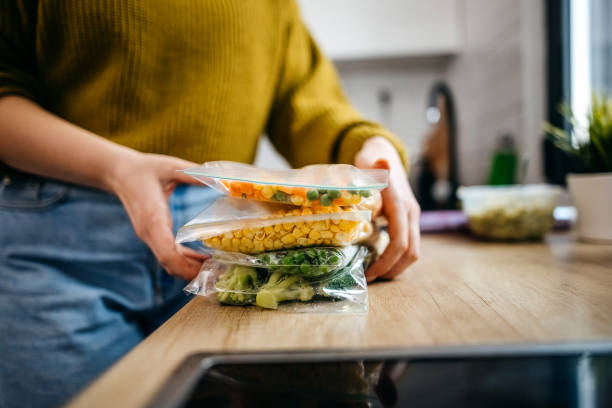Moving to a new residence is an exciting and anticipated journey. What to do with all the food in your kitchen is one thing that frequently escapes our notice amid the chaos of packing up your life.
Imagine yourself in the middle of a packing box mess, attempting to decide what to do with the food in your pantry and refrigerator. Many of us have experienced the overwhelming feeling that comes with having to manage our food supplies when moving.
Step 1, Make an Inventory
Make a list of everything you have for food before you pack.
This covers both perishable and non-perishable goods that are in your pantry, freezer, and refrigerator. This phase will assist you in deciding what can be packed and what must be used up before the move.
Step 2, Use up Perishables
Before the move date, give priority to ingesting perishables such fresh produce, meats, dairy products, and fruits. In order to cut down on waste and the quantity of food you’ll need to pack and transport, plan meals that include these ingredients.
Step 3, Arrange and Label
Sort your food products into sections like snacks, dry goods, spices, and condiments. Later on, it will be simpler to pack and unpack as a result. To make packing easier, think about putting comparable goods in one group.
Step 4, Assemble Packaging Materials
Assemble the packing materials you’ll need, such as airtight containers, packing tape, bubble wrap, sturdy boxes, sealed bags, and labeling markers. Additionally, if you need to keep perishable goods cold during transit, think about purchasing freezer packs or insulated coolers.
Step 5, Employ Appropriate Containers
To keep them fresh and prevent spills, store dry items like rice, pasta, cereals, and snacks in plastic containers or sealed bags. To avoid leaks and preserve freshness, store liquids, sauces, and other perishable goods in airtight containers.
Step 6, Give Everything a Label
Each container should have a clear label that states what is inside as well as any particular cautions, like “fragile” or “keep refrigerated.” This will guarantee that perishable goods are treated carefully and facilitate the process of identifying products after unpacking.
Step 7, Safe Transportation
Make sure to pack food securely in your car to avoid spillage or breakage. To safeguard fragile goods, use cushioning materials like towels or bubble wrap instead of piling heavy items on top of delicate ones. Talk to the moving company you are using about your food products and any particular handling requirements.
Contact our professionals at Zenith Moving for more information!





